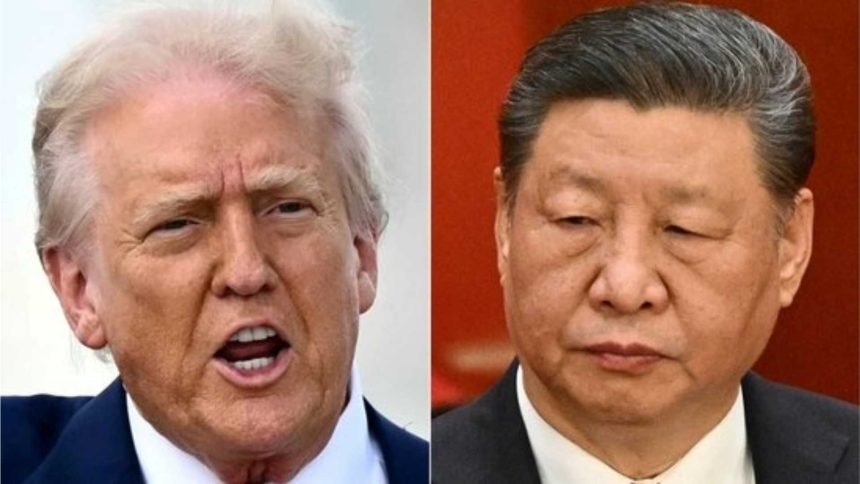In a dramatic escalation of the ongoing trade war between the world’s two largest economies, China has announced an 84% tariff on U.S. goods, retaliating against the Trump administration’s decision to raise tariffs on Chinese imports to 104%.
The move marks a significant deterioration in trade relations, with both nations digging in their heels and global markets bracing for widespread economic fallout.
The Tariff War Intensifies
The latest development comes just days after former U.S. President Donald Trump, who has long championed an aggressive trade policy against China, warned Beijing to withdraw its 34% retaliatory tariff by Tuesday or face additional penalties.
Ignoring the ultimatum, China not only maintained its stance but raised tariffs by an additional 50%, bringing the total to 84%.
In a strongly worded statement, China’s finance ministry condemned the U.S. actions, calling them “a mistake on top of a mistake” that “seriously infringes on China’s legitimate rights and undermines the rules-based multilateral trading system.”
The Chinese Commerce Ministry further escalated tensions by adding 12 more American companies to its export controls list, restricting their ability to do business in China.
Economic and Political Repercussions
The tit-for-tat tariff hikes have sent shockwaves through global markets, with investors fearing prolonged economic disruption.
Stock markets in Asia, Europe, and the U.S. have seen sharp declines as businesses brace for higher costs and reduced trade flows.
Analysts warn that the escalating conflict could stifle global growth, particularly in industries reliant on cross-border supply chains, such as technology, manufacturing, and agriculture.
Domestically, the U.S. faces mounting concerns over inflation and a potential recession. With the 2026 midterm elections approaching, the economic strain poses a significant political challenge for Trump and the Republican Party.
Rising consumer prices and disrupted trade could erode public support, especially in key battleground states dependent on exports.
A Broader Trade Conflict
The U.S.-China trade war is no longer confined to the two superpowers. In April, Trump extended tariffs to dozens of America’s trading partners, prompting retaliatory measures from allies and competitors alike.
The European Union, Canada, and Mexico have all imposed counter-tariffs, further complicating global trade dynamics.
Experts warn that the current trajectory risks fragmenting the global economy into competing blocs, with nations forced to pick sides.
“This isn’t just about tariffs anymore—it’s about the future of international trade rules,” said Dr. Emily Harris, a senior economist at the Brookings Institution.
“If the U.S. and China continue down this path, we could see a permanent decoupling of supply chains and a breakdown in multilateral cooperation.”





